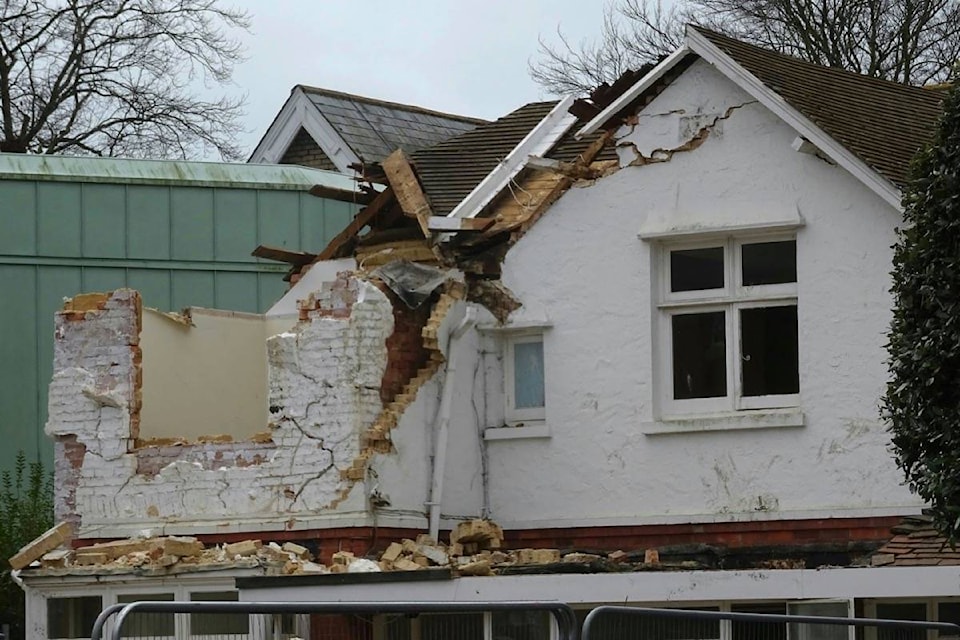If you’re planning renovations to a home or building that you own, you need to be aware of new construction waste disposal rules now in effect in the Thompson-Nicola Regional District (TNRD) and the City of Kamloops.
The new disposal rules are in response to WorkSafe BC requirements meant to protect workers and the public from the risk of asbestos exposure at landfills and waste transfer sites,
Prior to starting a renovation or demolition project on any home or building constructed prior to 1990, both organizations recommend that homeowners talk to a qualified assessment and abatement contractor to learn about the proper safe-handling procedures for actual and potential asbestos-containing materials (PACM), including how and where these materials can be disposed of safely within the region.
Waste coming from any pre-1990 building will now be assumed to contain asbestos if it has not been tested. This means that it will only be accepted at select landfills and Eco-Depots, and material must be double-bagged in six millimetre-thick bags and taped shut before they are taken to the disposal location.
Waste loads taken to a disposal location will be subject to the new requirements if they contain any of the following PACM: gypsum wall board and mud compound; plaster and plaster board; vinyl flooring and leveling compound; ceiling tiles; cement pipe; stucco and cement siding; or spray-applied insulation and attic insulation.
Small residential loads of asbestos-containing materials are only accepted at Eco-Depots and landfills (not Transfer Stations). Commercial loads are only accepted at landfills.
“Due to these new safety requirements, you may be turned away if your load hadn’t been properly bagged or is missing required documentation,” says Jamie Vieira, Manager of Environmental Services at the TNRD. “Please go to our website, call us, or talk to your local site attendants for all the information you need to know ahead of time.
“We will continue to help people properly dispose of waste, but we also need to ensure workers and all members of the public are protected. That is what these new rules aim to do.”
Asbestos is not a health risk if it is left intact. If disturbed, asbestos fibres are released into the air, are easily inhaled, and stay airborne for hours or even days. Repeated exposure can lead to lung cancer and other lethal asbestos-related diseases.
Asbestos can be found in more than 3,000 common building materials, such as vinyl and linoleum flooring, stucco, loose-blown insulation, roof felt shingles, drywall mud, incandescent light fixture backings, and deck under-sheeting. It was used as insulation against heat or noise, for fire protection, and to increase structural strength in materials such as cement and plaster. Its use in Canada was phased out by 1990.
Renovating older homes and buildings can increase the risk of asbestos exposure. Construction and trade workers involved in renovations and repairs to older buildings, do-it-yourselfers, and landfill workers are at higher risk of asbestos exposure if proper safety measures are not followed.
Visit the TNRD’s website at www.tnrd.ca/asbestos for more information about asbestos disposal.
editorial@accjournal.ca
Like us on Facebook and follow us on Twitter
